
Which country does the FCC certification belong to?
What is FCC certification?
FCC certification is a product certification for electronic and electrical products manufactured or sold in the United States. It proves that the radio frequency emitted by the product is within the limits approved by the Federal Communications Commission (FCC).
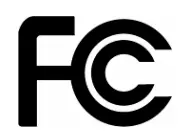
Origin of FCC
FCC stands for the Federal Communications Commission, an agency of the United States government. According to relevant parts of the U.S. Code of Federal Regulations (CFR 47), all electronic products entering the U.S. must undergo electromagnetic compatibility certification, also known as FCC certification.
Types of FCC Certification
1. Self-Verification – FCC-VOC
The manufacturer or importer ensures that the product undergoes necessary testing to confirm it meets the relevant technical standards and retains the test report. The FCC has the authority to require the manufacturer to submit samples or test data of the product. Applicable devices include commercial computers, TV and FM receivers, and industrial, scientific, and medical equipment not intended for consumer use under FCC Rule Part 18.
2. Declaration of Conformity – FCC-DOC
The responsible party (usually the manufacturer or importer) tests the product at an FCC-designated qualified testing institution to ensure compliance with relevant technical standards and retains the test report. The FCC may request the responsible party to submit samples or test data of the product. This applies to devices like household computers and peripherals, civilian radio receivers, super-regenerative receivers, other receivers under FCC Rule Part 15, TV interface devices, cable system terminal equipment, and Part 18 industrial, scientific, and medical equipment for consumer use.
3. ID Certification – FCC-ID
The FCC reviews the samples (or photos) and test data submitted by the applicant. If they meet FCC rules, the device is granted an fcc id number. Applicable devices include low-power transmitters like cordless phones, remote controls for automatic doors, radio-controlled toys, and security alarm systems, devices intentionally emitting radio frequency energy under Part 15, Part 18 industrial, scientific, and medical equipment for consumer use, automatic frequency receivers, super-regenerative receivers, TV interface devices, and household computers and peripherals. The responsible party must ensure the device is marked with the FCC ID!
Products Covered by FCC Certification
The FCC sets technical standards for testing electronic and electrical equipment based on the type of radio frequency emitted. These can be classified as follows:
- fcc part 15: Radio Frequency Devices
- fcc part 18: Industrial, Scientific, and Medical Equipment
- FCC Part 22: Cellular Phones
- FCC Part 24: Personal Communications Systems
- FCC Part 68: Telecommunications Terminal Equipment
- FCC Part 74: Experimental Broadcasting, Auxiliary, Special Broadcasting, and Other Program Distribution Services
- FCC Part 90: Private Land Mobile Radio Services
- FCC Part 95: Personal Radio Services
Specific products include:
- Personal computers and peripherals (monitors, keyboards, power adapters, mice, etc.)
- Household appliances and power tools (refrigerators, irons, electronic sterilizers, electric toys, automatic rice cookers, washing machines, drills, nail guns, etc.)
- Audio and video products (radios, set-top boxes, home audio systems, etc.)
- Lighting fixtures (LED lights, energy-saving lamps, stage lighting, embedded lights, etc.)
- Wireless products (Bluetooth, wireless remote control toys, wireless remote control switches, wireless thermometers, wireless mice and keyboards, etc.)
- Toy products (metal toys, plastic toys, plush toys, electronic toys, etc.)
- Security products (alarms, security products, access control, cameras, etc.)
- Industrial machinery (food machinery, printing machinery, electrical control systems for machinery, amusement facilities, etc.)
If you are unsure about your product, you can consult Global Tech Co., Ltd.
fcc certification testing Items
- Radiated emission
- Conducted emission
- Harmonic current
- Flicker
- Frequency error
- Adjacent channel power
- Emission suppression
- Conducted carrier power
- Effective radiated power
- Modulation frequency response of the transmitter
- Bandwidth of modulated equipment
- Frequency stability under low voltage conditions, etc.
FCC Test Standard Classification
Generally, the FCC categorizes regulated products based on their use into two categories:
- Class A: Products for business or industrial use
- Class B: Products for home use (Class B products face stricter regulations and lower limits compared to Class A). For most electronic and electrical products, the main standards are FCC Part 15 and FCC Part 18.
Summary of fcc standards
- FCC Part 15: Radio Frequency Devices
- FCC Part 15, Subpart B: Unintentional Radiators
- FCC Part 15, Subpart C: Intentional Radiators
- FCC Part 18: Industrial, Scientific, and Medical Equipment (ISM)
- FCC Part 68: Communication of Terminal Equipment of the Telephone Network
- FCC Part 87: Aviation Services
- FCC Part 90: Private Land Mobile Radio Services
- FCC Part 97: Amateur Radio Services
- IEEE/ANSI C63.4: Methods of Measurement of Radio-Noise Emissions from Low-Voltage Electrical and Electronic Equipment in the Range of 9 kHz to 40 GHz.
- IEEE/ANSI C63.10: Procedures for Compliance testing of Unlicensed Wireless Devices.
- IEEE/ANSI C63.15: Recommended Practice for the Immunity Measurement of Electrical and Electronic Equipment.
- IEEE/ANSI C63.17: Methods of Measurement of the Electromagnetic and Operational Compatibility of Unlicensed Personal Communications Services (UPCS) Devices.
- FCC MP-5-1986: Methods of measurement of radio noise emissions from Industrial, Scientific and Medical (ISM) equipment.
FCC Application Process
1. The customer submits an application form to the testing institution.
2. The customer prepares testing samples (wireless products need frequency-setting devices) and provides product information (see documentation requirements).
3. The testing institution issues a draft report, which the customer confirms before the official report is issued.
4. If applying for FCC sDoC, the project is complete; if applying for FCC ID, the report and technical information are submitted to TCB.
5. TCB reviews and issues the FCC ID certificate, and the testing institution sends the official report and FCC ID certificate.
6. Once fcc certification is obtained, the enterprise can use the FCC mark and related statement on the product.
Note: Manufacturers applying for FCC ID certification for the first time need to register with FCC-FRN to establish a company profile. The certificate issued after TCB review will have an FCC ID number, which usually consists of a "Grantee Code" (manufacturer code) + "Product Code." The Grantee Code is a three-digit number or uppercase letters issued directly by the FCC. The Product Code can consist of numbers, letters, or "-", but there cannot be two or more consecutive "-" symbols, and the code cannot start or end with "-". The maximum length of this code is 14 characters, and the customer can define it.
Application Materials
1. User manual
2. Block Diagram
3. Circuit Schematic
4. Operation Description
5. Circuit Schematic
6. RF Modulation
7. Rated Power Declaration
8. TCB Form 731
9. POA
10. FCC Confidentiality Letter
Note: The list and requirements for FCC ID certification submissions include:
1. FCC application form: Accurate information on the applicant company's name, address, contact person information, product name and model, and standard used is required.
2. FCC authorization letter: Signed and stamped by the contact person of the applicant company and scanned into an electronic file.
3. FCC confidentiality letter: A confidentiality agreement between the applicant company and the TCB institution, signed and stamped by the contact person of the applicant company and scanned into an electronic file.
4. Block Diagram: All crystal oscillators and their frequencies need to be drawn and consistent with the circuit diagram.
5. Circuit Diagram: Must be consistent with the crystal oscillator frequency, quantity, and position in the block diagram.
6. Circuit Description: Must be in English and clearly describe the principle of product functionality.
7. User manual: Must include the FCC statement.
8. Label and Label Location: The label must include the FCC ID number and statement, and the label location must be prominent.
9. Internal and External Product Photos: Photos should be clear and, if necessary, include annotations.
10. Test Report: The test must be completed and the product fully evaluated according to the standard clauses.
FCC's official website has updated the fcc logo, with some changes at the notch.
Note: The FCC logo only applies to sdoc products. Please ensure the latest template is used when printing the FCC certification mark.
Official requirements for FCC logo size: [FCC Logos](https://www.fcc.gov/general/logos-fcc)
Which FCC Information Needs to Be Displayed on the Product Label:
- FCC ID
- Product name
- Model
- Name of the relevant party
- Address
- Phone number
- FCC logo
Compliance Statement
For products under Part 15, the following similar statements need to be provided:
- Class A Products: "This equipment has been tested and found to comply with the limits for a Class A digital device, pursuant to part 15 of the FCC Rules."
- Class B Products: "This equipment has been tested and found to comply with the limits for a Class B digital device, pursuant to part 15 of the FCC Rules."
For products under Part 18, the following similar statement needs to be provided:
"This device complies with Part 18 of the FCC Rules."
FCC Markings
Products and packaging (or manuals) must have the FCC and IC markings, with the following requirements:
For products with wireless remote control:
- A. Transmitting Products: ID XXXXXXXX. Can be applied using stickers, silk-screening, etc.
- B. Receiving Products (for receivers under 30MHz, no label is required, per FCC 15.101):
- Trade Name (Product name or company name)
- Module No. (Product model)
- "This device complies with Part 15 of the FCC Rules. Operation is subject to the following two conditions: (1) This device may not cause harmful interference, and (2) This device must accept any interference received, including interference that may cause undesired operation."
- C. Markings on Packaging or Manual (or Hang Tag):
- "WARNING: This device complies with Part 15 of the FCC Rules. Operation is subject to the following two conditions: (1) This device may not cause harmful interference, and (2) This device must accept any interference received, including interference that may cause undesired operation."
- "CAUTION: Changes or modifications not expressly approved by the party responsible for compliance could void the user’s authority to operate the equipment."
- "NOTE: This equipment has been tested and found to comply with the limits for a Class B digital device, pursuant to Part 15 of the FCC Rules. These limits are designed to provide reasonable protection against harmful interference in a residential installation. This equipment generates, uses, and can radiate radio frequency energy, and, if not installed and used in accordance with the instructions, may cause harmful interference to radio communications. However, there is no guarantee that interference will not occur in a particular installation. If this equipment does cause harmful interference to radio or television reception, which can be determined by turning the equipment off and on, the user is encouraged to try to correct the interference by one or more of the following measures:
- Reorient or relocate the receiving antenna.
- Increase the distance between the equipment and receiver.
- Connect the equipment into an outlet on a circuit different from that to which the receiver is connected.
- Consult the dealer or an experienced radio/TV technician for help."
Ordinary Electronic Products:
- A. Product Marking (Compared to the markings for products with wireless remote control, this is missing the product number and company name):
- "This device complies with Part 15 of the FCC Rules. Operation is subject to the following two conditions: (1) This device may not cause harmful interference, and (2) This device must accept any interference received, including interference that may cause undesired operation."
- B. Markings on Packaging or Manual (or Hang Tag): Same as the packaging markings for products with wireless remote control.
FCC Marking Methods
- Labels, silk screen printing, stickers (stickers must be laminated or made of adhesive material and firmly attached), etc.
Other Considerations
The label must not be placed on removable parts like battery covers but can be placed on bases or other locations that do not affect the appearance. The language of the packaging markings should correspond to the language of other packaging text; on the product itself, only English is required. For example, if the color box is in English and French, English and French are also required.
Email:hello@jjrlab.com
Write your message here and send it to us
 Plush Toy CE Certification & EN71 Test Complia
Plush Toy CE Certification & EN71 Test Complia
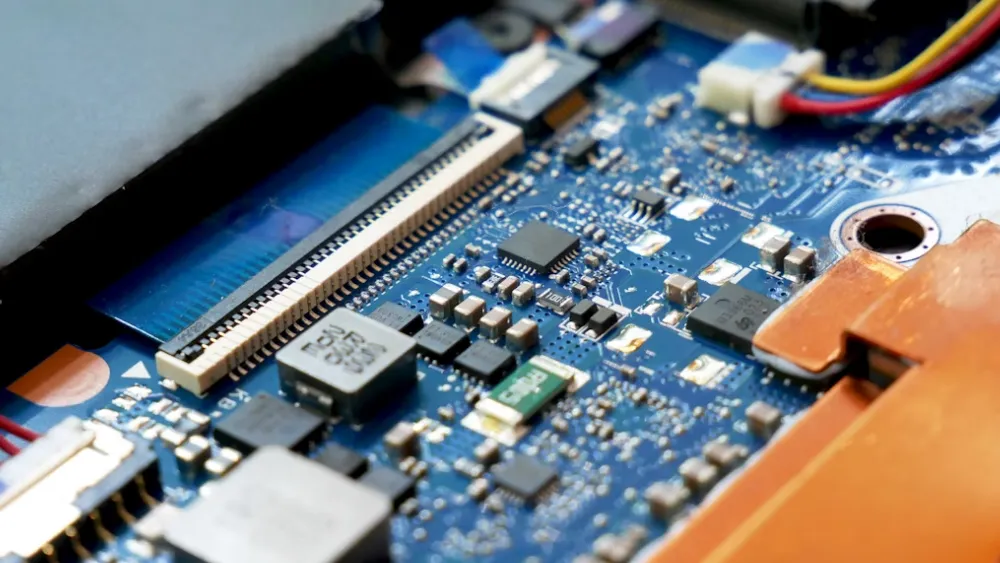 Amazon Children’s Toys Direct Validation Complianc
Amazon Children’s Toys Direct Validation Complianc
 Amazon TIC Power Bank UL2743 & UN38.3 Certific
Amazon TIC Power Bank UL2743 & UN38.3 Certific
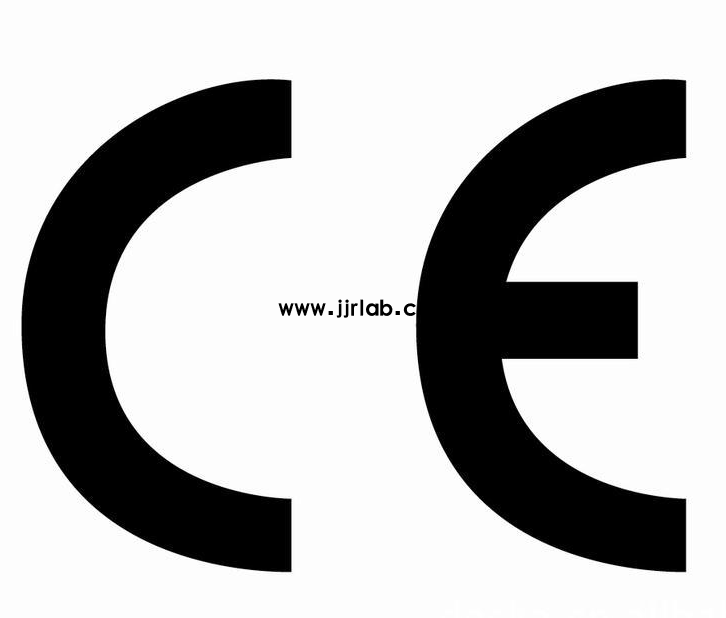 Smart / LED Lighting CE Certification for Europe
Smart / LED Lighting CE Certification for Europe
 CPC + DV Compliance for Dinosaur Plush Toys on Ama
CPC + DV Compliance for Dinosaur Plush Toys on Ama
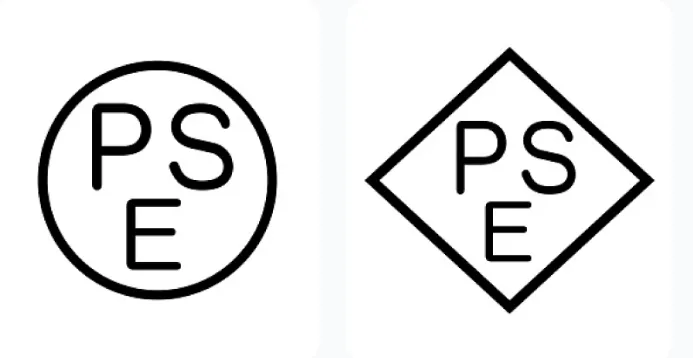 2026 Japan PSE Certification + METI Registration C
2026 Japan PSE Certification + METI Registration C
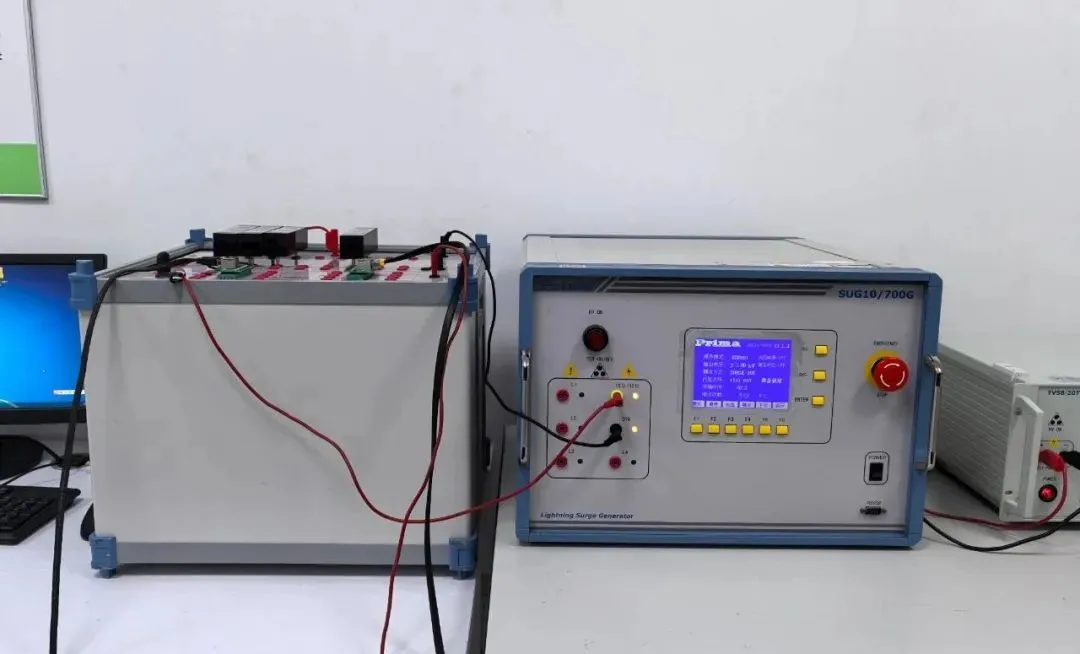 Mobile Batteries for Garments: Japan Compliance |
Mobile Batteries for Garments: Japan Compliance |
 (FAQs) about Japan’s PSE Four Product Safety Laws
(FAQs) about Japan’s PSE Four Product Safety Laws
Leave us a message
24-hour online customer service at any time to respond, so that you worry!




